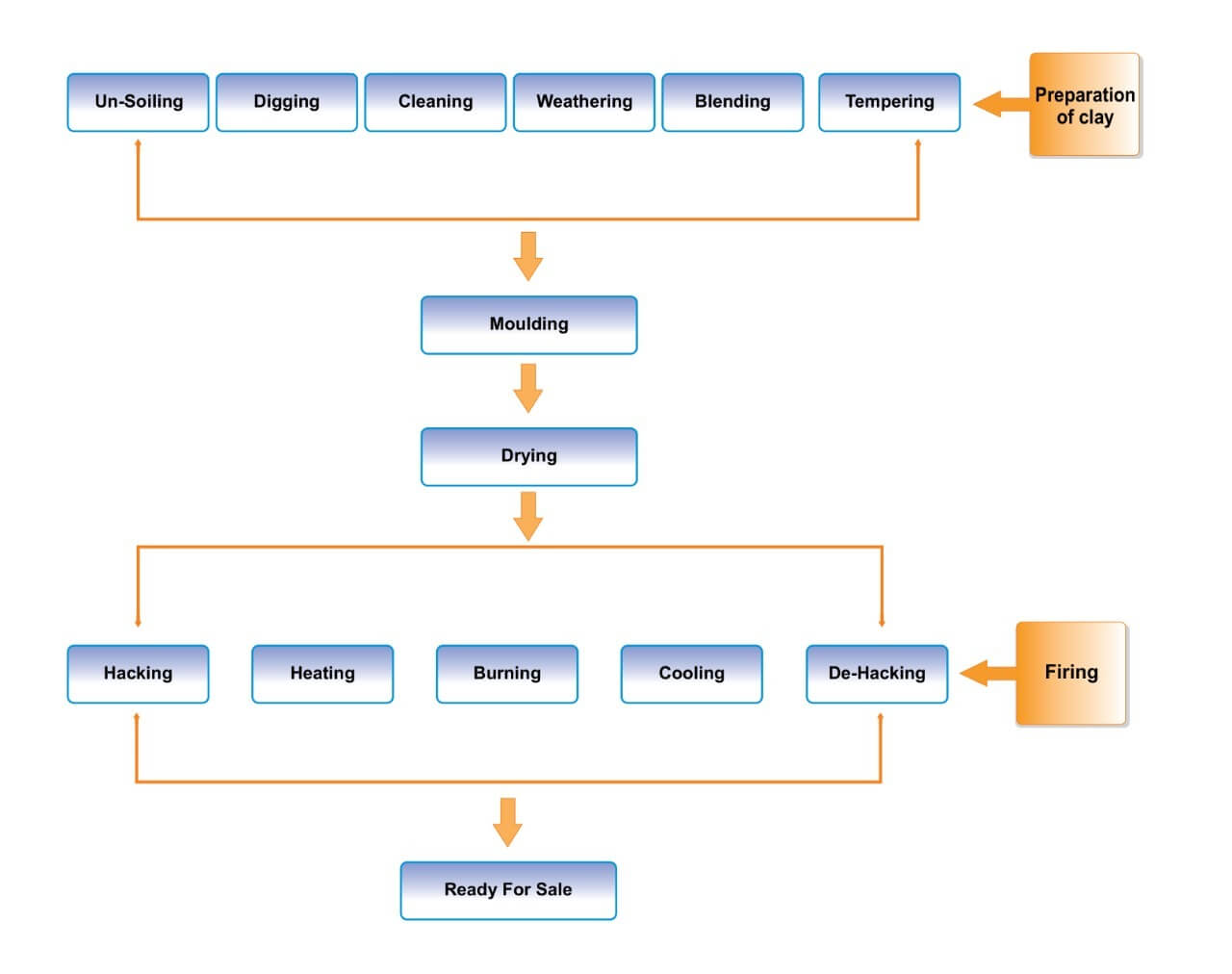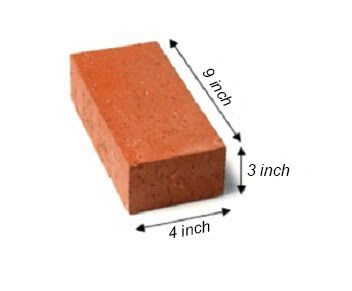The most common building material used in masonry work is Bricks. Among different types of bricks, Red bricks are often used. Red bricks are rectangular type of building material used in masonry work manufactured by using ingredients such as sand and clay having properties of lime, alumina, silica and iron oxide. It is mainly used for building walls and some other elements also. It is usually red in color and has good compressive strength due to which it is strong enough to long-last for years. While going through construction process it is important to choose right building material suppliers near me, as good building material distributors help to provide best quality bricks available in your region.

Overall, construction material selection involves various stages starting from choosing right building material supplier providing good quality building materials to knowing about the products thoroughly. The easiest way to get knowledge about products; is understanding its manufacturing process. As per the manufacturing process of red bricks is considered, a satisfactory brick manufacturers helps us to know more about red bricks and can also recommend up to mark brick suppliers near me who can supply good quality of bricks and other building materials. Coming towards the manufacturing of red bricks, it involves 4 steps-
Step 1. Preparation of clay - For preparing clay, un-soiling is done in which vegetation and impurities are removed from the topsoil. Then, clay is dug and heap up to certain height above the ground. After that, impurities like stone, pebble conquer particles and any other garbage are cleaned from the heap of dig out clay. Then clean clay is spread in 600mm to 1200 mm thick layer and exposed in the atmosphere for a period of at least one month. It gives the better effect on the plasticity and the strength of the clay. Then blending is done in which mixture of clay and the other materials like chalk and sand are is turned up and down in vertical direction. Further, tempering process is followed in which the clay is kneaded into homogenous mass with uniform consistency and plasticity for moulding process.
Step 2. Moulding - Now, the desired shape is given to tempered clay. For this step, wooden or steel moulds are used. The mould is either dip in water or sand. Then clay is introduced firmly in mould and mould is inverted on ground to release the moulded brick.
Step 3. Drying - In drying process, the main objective is to evaporate all the superfluous moisture contained at the time of moulding without damaging the brick. Also, the drying process is followed to make bricks hard enough to handle during the operation in a clamp or in a kiln for burning. This process is implemented by arranging moulded bricks in a row on their edges on a raised ground called as hex by keeping some space in between bricks for circulation of air which help for fast drying. Bricks are kept in open air and sunlight for one 1-2 weeks. In monsoon season, this drying process is not desirable. Alternatively, artificial drying is done by keeping bricks in furnace and passing some hot flow gases from cooling chamber in that furnace for drying the bricks.
Step 4. Burning - Burning is the last and important step in production of red bricks. Brick should be burnt properly as it removes water from clay completely. Also, it imparts hardness and strength to brick which make it more dense and durable. The red colour of bricks is achieved by this step only. Burning process can be done by two methods;
1. Clamp Burning - In this method, the brick and fuel such as coal, wood, etc. are placed in an alternate layer in open air. Clamp using coal produce better quality bricks than using wood as fuel. Holes are kept at the bottom of the clamp throughout the length of clamp for ignition. This is cheap and economical method for producing tough and hard brick. A lot of fuel and skilled labor is saved without supervision for installation.
2. Kiln Burning - In this method the bricks are stacked above the fireplaces. Fire is lighted below the stack and continued till the bricks are burnt. The kiln has a permanent enclosure wall inside which bricks are placed over the fire. The bricks are burnt uniformly all over the stack portion brick. In this method no bricks are under-burnt or over-burnt or cracked.
Finally, the bricks are ready for sale.

While looking upon size of red bricks, it varies from country to country but not too much. It has standard size of 9.0in X 4.2in X 2.7in which is 228mm X 107mm X 69mm.
Class 1 bricks or commonly known as Awwal bricks are top quality bricks as compare to other classes. They are high quality bricks with properly defined edges. They are uniform in color and shape. They are well burnt in kilns which ultimately provide bricks with no cracks and flaws. They are strong bricks with less absorption of water.
Second- Class Bricks or Laal-peti bricks are irregular kind of bricks. They are irregular in shape and color. They are fully burnt in kilns due to which it has cracks in it. Also, their edges are not properly defined as they are not sharp likewise first-class bricks.
The third class bricks are also known as Peeli bricks. As per their name, they are yellow-reddish in color as they are not fully burnt in kilns. These have high absorption of water hence leading to lesser strength. These bricks are irregular with distorted edges.
These are Over-Burnt bricks also called as chatka bricks. These bricks are over-burnt because they are close to kiln. These are poor quality bricks which can be crushed easily.
These are also poor quality bricks. These are also known as Addhe- Rodhe or half bricks. These are crushed bricks which are used as aggregates in foundations. These can’t be used as main element in construction process.